Industry information
Company News
- Aluminum veneer customization, creating the art of personalized space
- Aluminum veneer customization, creating a new trend of personalized space
- The secret of aluminum honeycomb panel: as light as a feather, as solid as a rock
- Honeycomb aluminum plate: a mysterious veil of lightweight and sturdy
- Aluminum veneer customization, creating a new trend of personalized space!
Industry dynamics
- Aluminum veneer provides excellent protection and aesthetics for buildings
- Surface treatment method for 1.5mm thick aluminum veneer
- High quality choice for aluminum veneer building decoration
- How much does curved aluminum veneer cost per square meter?
- How does aluminum veneer perform in cultural architecture?
Frequently asked questions
- How does the service life of aluminum veneer compare to other exterior wall materials?
- Can the insulation function of aluminum veneer solve the structural problems of buildings?
- How to evaluate the impact of environmental certification for aluminum veneer on the appearance of buildings?
- Is the surface treatment of aluminum veneer durable?
- What is the manufacturing process of aluminum veneer?
contact us
Mobile:+86 15627778610
Email: 2201229786
Address: No. 5 Binjiang Road, High tech Zone, Zhaoqing City, Guangdong Province
Is the application of aluminum veneer limited by architectural design?
- Author: Lesilong Technology (Guangdong) Co., Ltd
- Release time: February 26, 2025 19:34:28
- Click:0
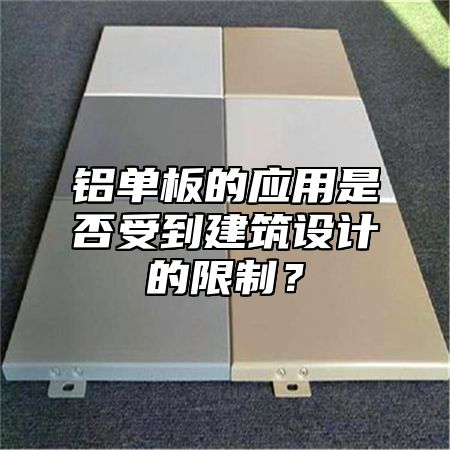
In modern architectural design,Aluminum veneerDue to its lightweight, weather resistant, fire-resistant, and corrosion-resistant properties, it is widely used in areas such as walls, roofs, doors, and windows. Is the application of aluminum veneer limited by architectural design? This article will provide a detailed introduction from multiple aspects.
We need to understand the basic characteristics of aluminum veneer. Aluminum veneer is formed by rolling aluminum alloy sheets and then sprayed on the surface. Due to its lightweight, weather resistant, fire-resistant, and corrosion-resistant properties, aluminum veneer has a wide range of applications in building decoration.
Let's take a look at whether the application of aluminum veneer in architectural design is restricted. In fact, the application of aluminum veneer is not strictly limited by architectural design. However, in practical operation, we still need to consider the following factors:
1. Structural stability: Although aluminum veneer is lightweight, its strength and rigidity are not inferior. When choosing aluminum veneer, we need to fully consider its structural stability to ensure that it can withstand design loads without deformation or fracture.
2. Thermal insulation performance: The thermal insulation performance of aluminum veneer is poor and cannot meet the thermal insulation requirements of all buildings. If there are special insulation requirements in the architectural design, we need to choose aluminum veneer with corresponding insulation performance.
3. Color and texture: The color and texture of aluminum veneer can be customized according to needs, but it should be noted that different colors and textures will affect the reflectivity and transparency of the aluminum veneer, thereby affecting the visual effect of the building.
4. Installation method: There are various installation methods for aluminum veneer, including dry hanging, wet pasting, etc. Different installation methods can affect the effectiveness and safety of aluminum veneer, and we need to choose the appropriate installation method according to the requirements of building design.
The application of aluminum veneer is not strictly limited by architectural design. However, in practical operation, we still need to choose suitable aluminum veneer according to the requirements and characteristics of architectural design to ensure that it can exert the maximum decorative effect and use value.

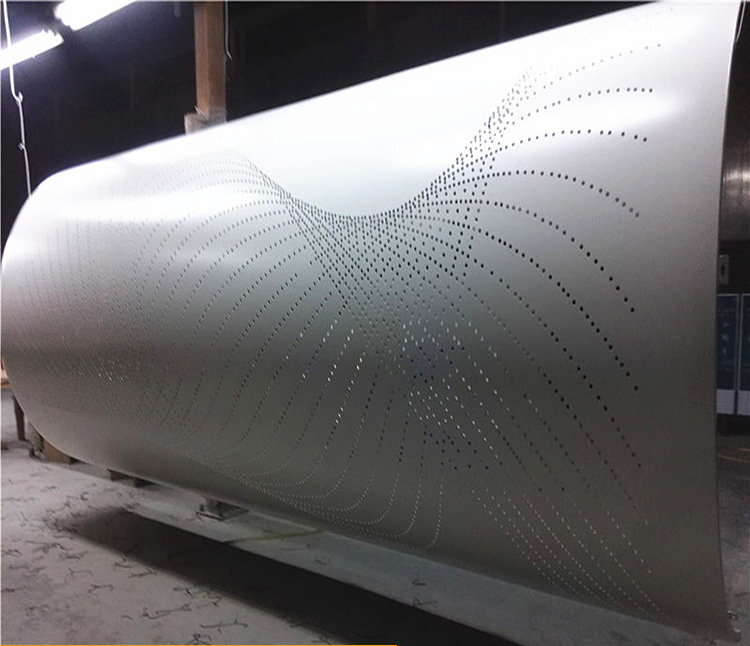
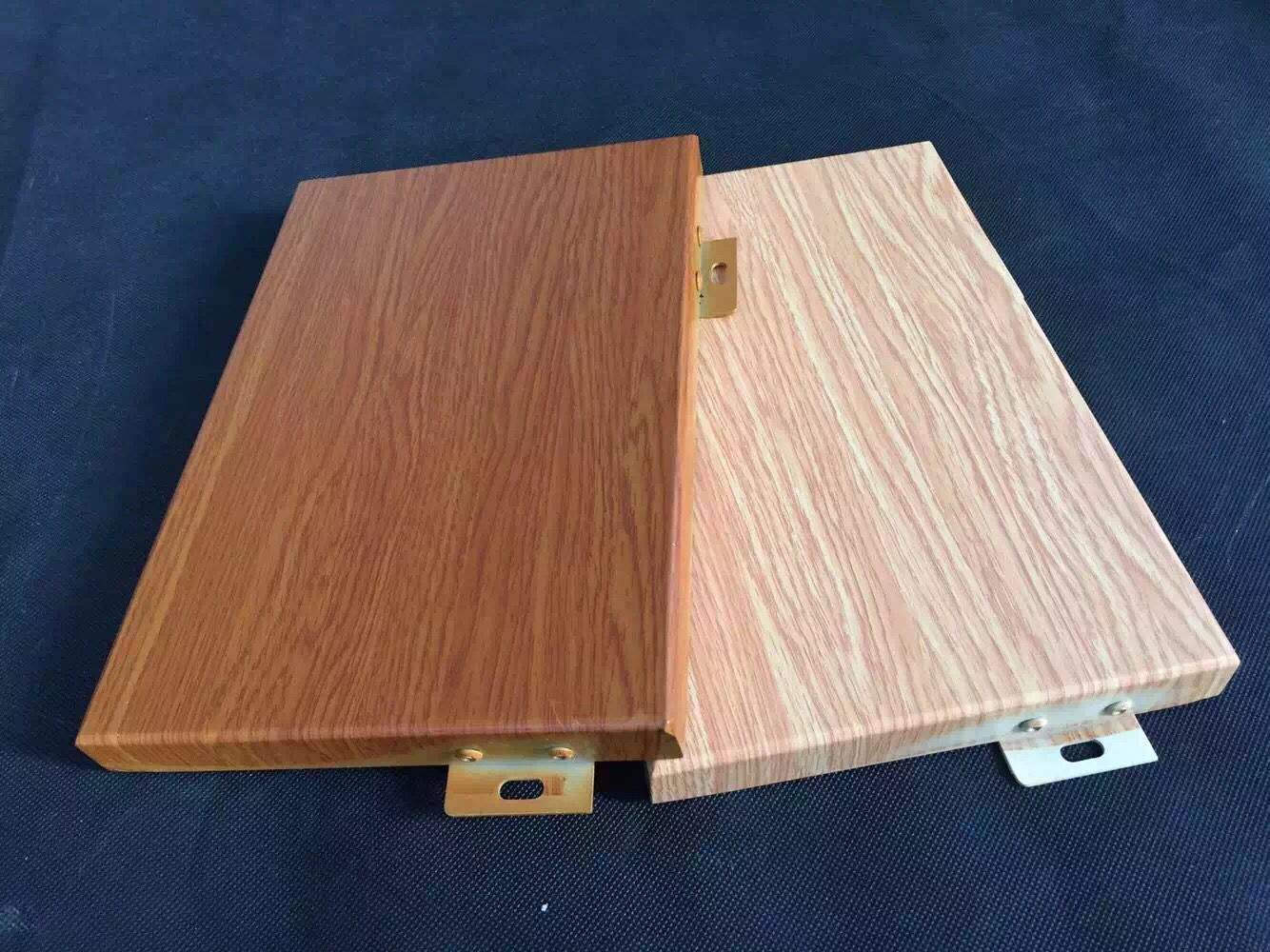

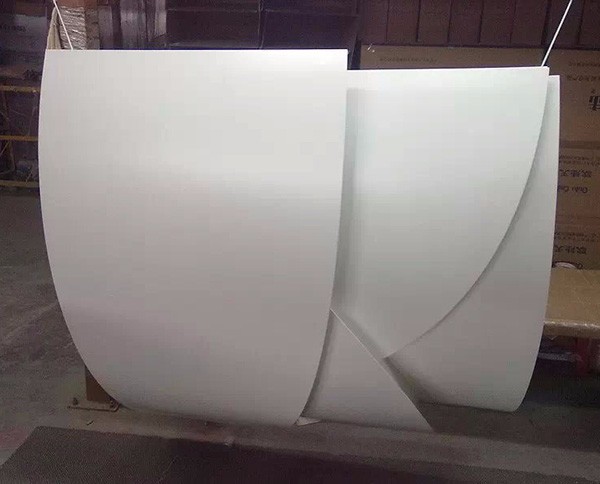
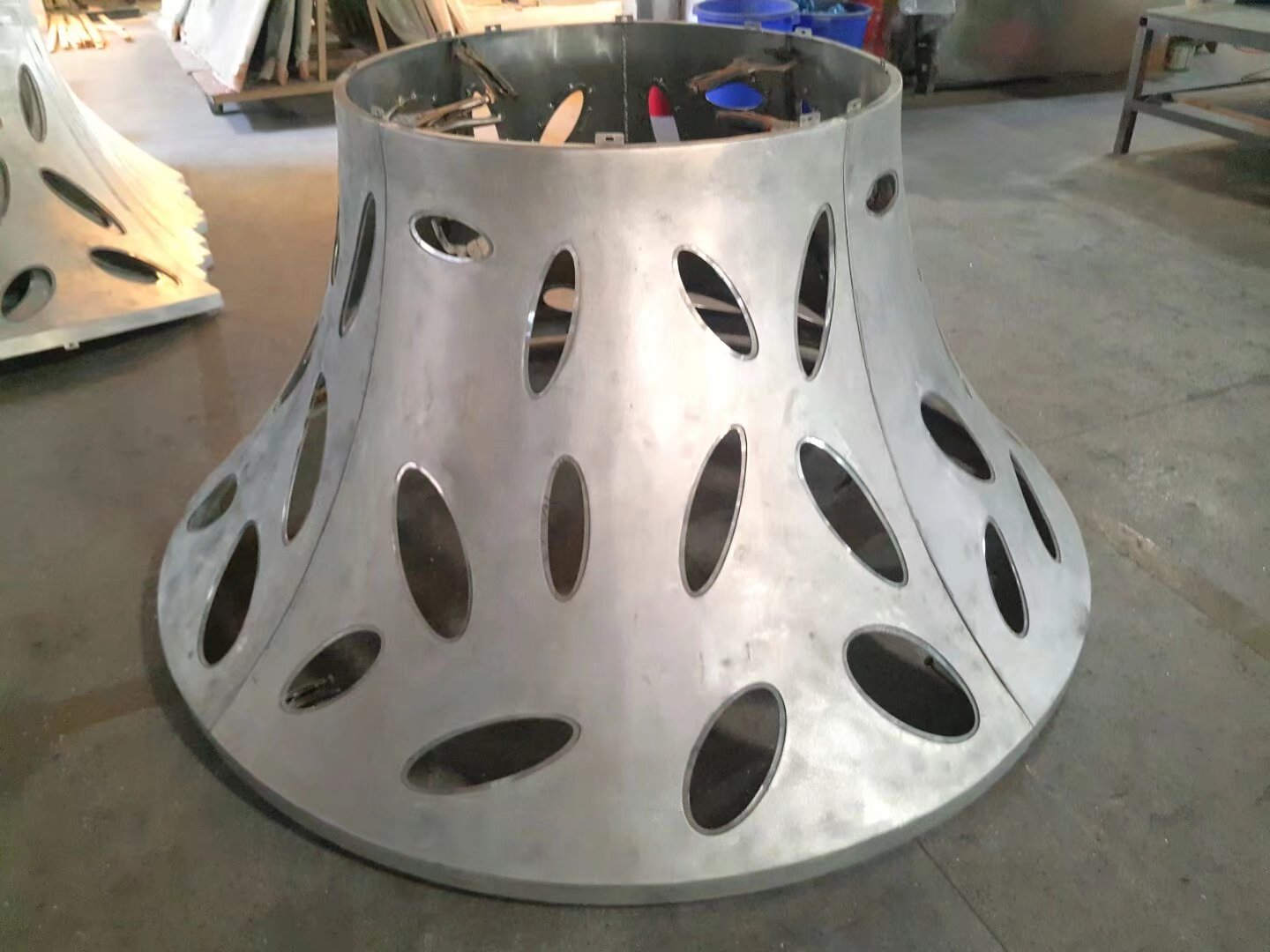
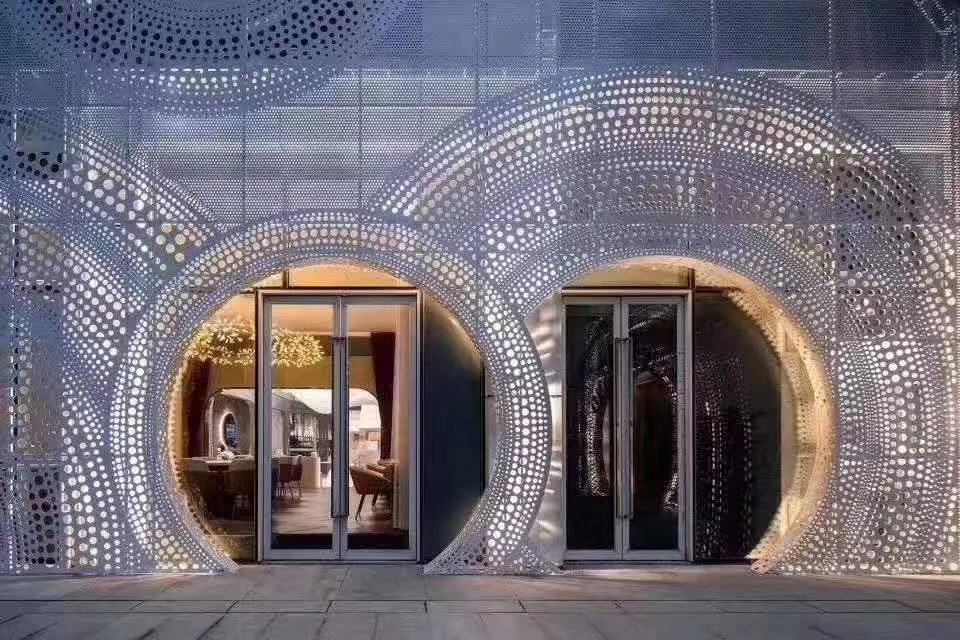
 Customer service QQ
Customer service QQ